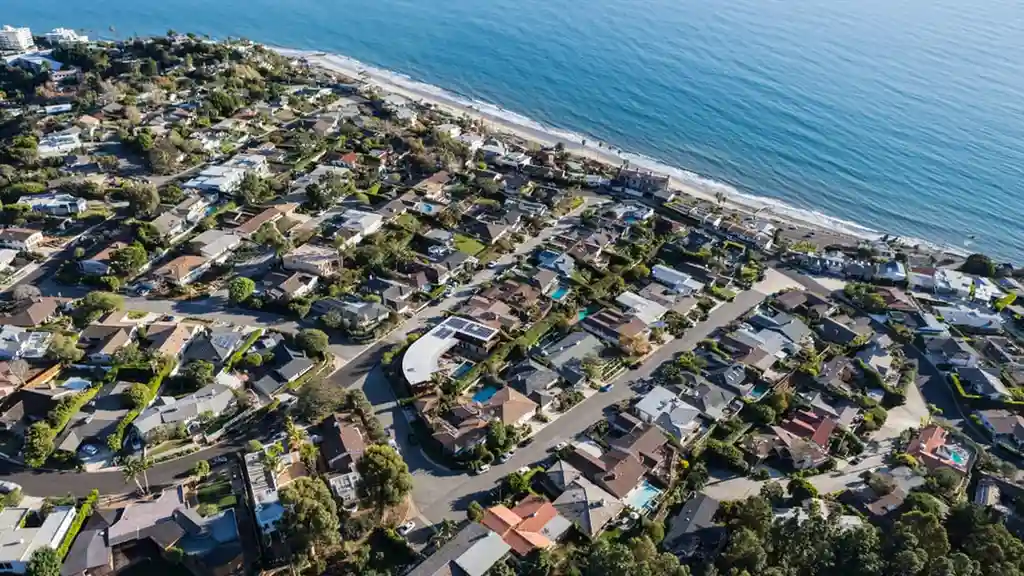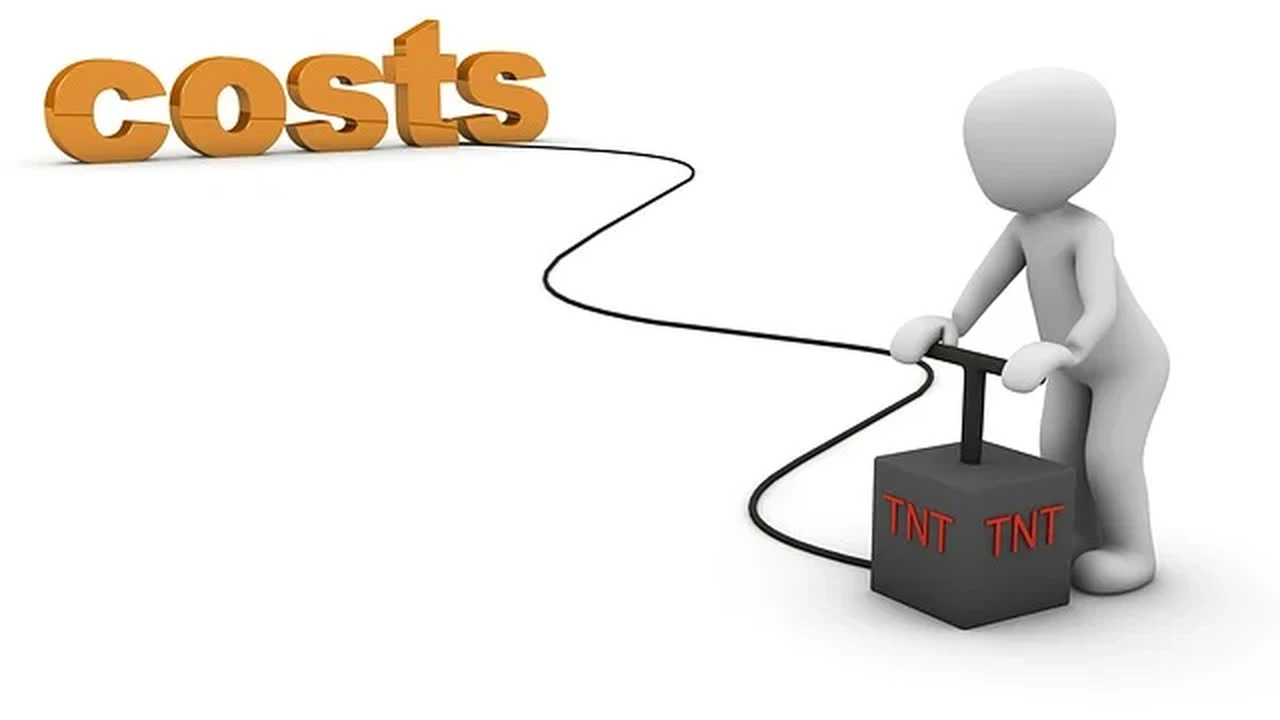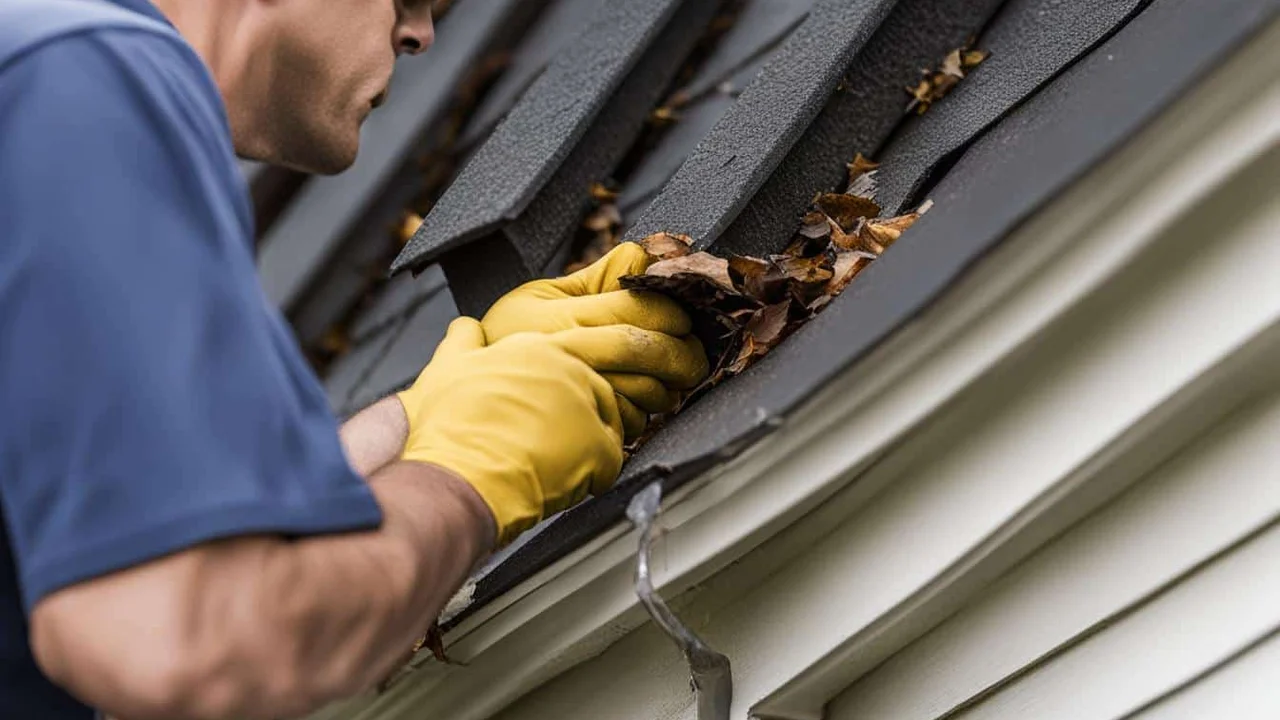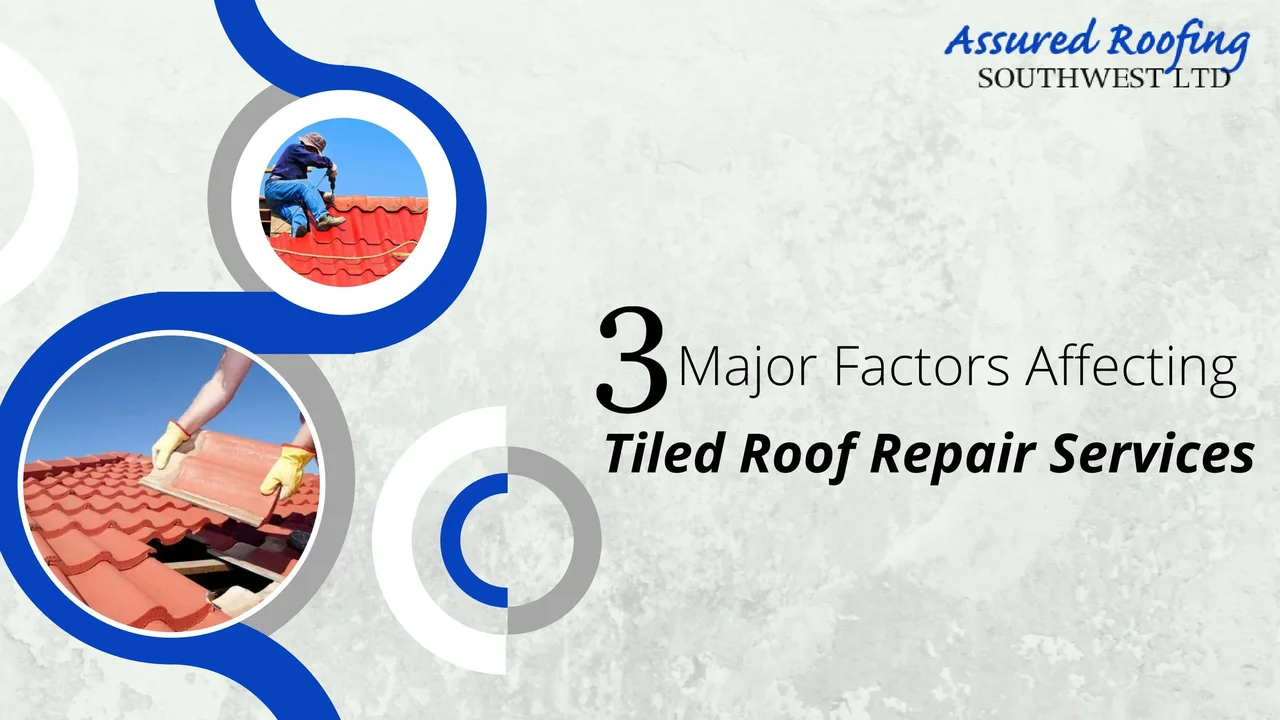Best Roofing Materials for Hot Humid Climates
Identify the most suitable roofing materials that perform best in hot and humid conditions, common in Southeast Asia.

Understanding the Challenges of Hot Humid Climates for Roofing
Before we explore specific materials, let's break down why hot and humid climates pose such unique challenges for roofing. It's not just about the heat; it's the combination of factors that creates a perfect storm for roof degradation.
Intense Solar Radiation and UV Exposure on Roofs
The sun in hot climates isn't just warm; it's often scorching, delivering high levels of ultraviolet (UV) radiation. This UV exposure can cause materials to break down, fade, crack, and become brittle over time. Think of it like leaving a plastic toy out in the sun for years – it eventually becomes fragile and discolored. Roofing materials need to be inherently UV resistant to maintain their structural integrity and appearance.
High Humidity and Moisture Management for Roof Systems
Humidity is the silent killer for many roofing materials. Constant moisture in the air, combined with frequent heavy rains, creates an ideal breeding ground for mold, mildew, algae, and even moss. These biological growths not only look unsightly but can also trap moisture against the roof surface, leading to rot in organic materials and corrosion in metals. Proper ventilation and moisture-resistant properties are paramount.
Heavy Rainfall and Water Penetration Prevention
Tropical storms and monsoons bring immense volumes of water. A roof in these regions must be exceptionally good at shedding water quickly and preventing any ingress. This means not just the primary roofing material but also the underlayment, flashing, and gutter systems must be robust and meticulously installed.
Thermal Expansion and Contraction in Roofing Materials
The significant temperature swings between day and night, even in consistently hot climates, cause materials to expand and contract. Over time, this constant movement can stress fasteners, crack rigid materials, and compromise seals, leading to leaks. Materials with good dimensional stability are preferred.
Wind Resistance for Tropical Storms and Hurricanes
Many hot and humid regions are also prone to tropical storms, typhoons, or hurricanes. This means the roofing material and its installation method must be able to withstand extreme wind uplift forces, preventing shingles from blowing off and structural damage.
Top Roofing Materials for Hot Humid Climates A Detailed Comparison
Now that we understand the challenges, let's look at the materials that rise to the occasion.
Clay and Concrete Tiles The Classic Choice for Warm Climates
Clay and concrete tiles have been used for centuries in warm climates, and for good reason. They are incredibly durable, fire-resistant, and excellent at shedding water.
Benefits of Clay and Concrete Tiles for Hot Humid Regions
- Exceptional Durability and Longevity: These tiles can last 50-100 years or more with proper maintenance.
- Excellent Thermal Mass and Insulation: Their mass helps to absorb heat during the day and release it slowly, reducing heat transfer into the attic. The air space created by their installation also provides a natural ventilation layer, further aiding in cooling.
- Superior Water Shedding: The interlocking design and smooth surface shed water efficiently, preventing pooling.
- Mold and Mildew Resistance: Being inorganic, they are highly resistant to biological growth.
- Aesthetic Appeal and Variety: Available in a wide range of colors, profiles (flat, S-tile, Spanish), and finishes, offering significant architectural flexibility.
- Fire Resistance: Class A fire rating is common.
Drawbacks of Clay and Concrete Tiles for Roofing
- Heavy Weight: Requires a robust roof structure to support their weight, which can increase initial construction costs.
- Higher Initial Cost: Generally more expensive than asphalt shingles.
- Fragility: Can break if walked on improperly, making repairs or maintenance tricky.
Recommended Clay and Concrete Tile Products and Pricing
- Boral Roofing (US): A leading manufacturer of clay and concrete tiles. Their 'Barcelona' (Spanish S-tile) and 'Ponderosa' (flat concrete tile) lines are popular. Prices typically range from $4.00 to $12.00 per square foot for materials, depending on the style and finish. Installation can add another $5.00 to $15.00 per square foot.
- Monier Roofing (Southeast Asia): A dominant player in the region, offering a wide array of concrete and clay tiles. Their 'Elabana' (flat profile) and 'Marseille' (classic French profile) are widely used. Material costs can range from $2.50 to $8.00 per square foot, with installation varying significantly by country and labor costs.
- Specific Use Case: Ideal for luxury homes, Mediterranean-style architecture, or any homeowner prioritizing extreme longevity, thermal performance, and classic aesthetics.
Metal Roofing The Modern Solution for Durability and Efficiency
Metal roofs, particularly standing seam and metal shingle systems, are gaining immense popularity in hot and humid regions due to their exceptional performance characteristics.
Benefits of Metal Roofing for Hot Humid Climates
- Outstanding Durability and Lifespan: Can last 40-70 years or more.
- Excellent Heat Reflectivity and Energy Efficiency: Many metal roofs come with 'cool roof' coatings that reflect solar radiation, significantly reducing heat gain and lowering cooling costs. This is a huge advantage in hot climates.
- Superior Wind Resistance: Properly installed metal roofs can withstand very high winds, often rated for 110-150 mph or more.
- Lightweight: Lighter than tiles, reducing structural requirements.
- Mold, Mildew, and Algae Proof: Inorganic and non-porous, preventing biological growth.
- Fire Resistance: Non-combustible, Class A fire rating.
- Recyclability: Highly sustainable, often made from recycled content and fully recyclable at the end of its life.
Drawbacks of Metal Roofing for Hot Humid Regions
- Higher Initial Cost: Generally more expensive than asphalt shingles, though competitive with or less than high-end tiles.
- Noise: Can be noisy during heavy rain or hail, though proper insulation and decking can mitigate this.
- Denting: Some lighter gauge metals can dent from heavy impacts.
Recommended Metal Roofing Products and Pricing
- Standing Seam Metal Roofs: These are premium systems with concealed fasteners, offering superior weather protection.
- Drexel Metals (US): Known for their high-quality standing seam panels. Their 'DMC 150SS' or 'DMC 200SS' are excellent choices. Material costs typically range from $6.00 to $15.00 per square foot, with installation adding $8.00 to $20.00 per square foot.
- BlueScope Steel (Southeast Asia - Colorbond): Colorbond steel is widely used for metal roofing in the region, offering excellent thermal performance and durability. Material costs for standing seam can range from $4.00 to $10.00 per square foot, with installation varying.
- Metal Shingles/Tiles: Offer the look of traditional shingles or tiles with the benefits of metal.
- Decra Roofing Systems (Global): A popular choice for stone-coated steel tiles, offering the aesthetic of traditional tiles with the strength of steel. Their 'Shingle XD' or 'Tile' profiles are very durable. Material costs are typically $4.00 to $8.00 per square foot, with installation adding $6.00 to $12.00 per square foot.
- Specific Use Case: Excellent for homeowners seeking a long-lasting, energy-efficient, and low-maintenance roof with modern aesthetics. Particularly beneficial where wind resistance is a major concern.
Synthetic and Composite Roofing Materials The Best of Both Worlds
Synthetic and composite roofing materials are engineered products designed to mimic the look of natural materials like slate or wood shakes but with enhanced performance characteristics, especially in challenging climates.
Benefits of Synthetic and Composite Roofing for Hot Humid Climates
- Exceptional Durability and Lifespan: Many come with 50-year or limited lifetime warranties.
- Lightweight: Much lighter than natural slate or clay tiles, reducing structural requirements.
- Impact and Wind Resistance: Highly resistant to hail and high winds.
- Mold, Mildew, and Algae Resistance: Made from inert polymers, they do not support biological growth.
- UV Resistance: Engineered with UV inhibitors to prevent degradation and fading.
- Aesthetic Versatility: Available in a wide range of styles and colors, often indistinguishable from natural materials.
- Recycled Content: Many products incorporate recycled plastics and rubber, making them a sustainable choice.
Drawbacks of Synthetic and Composite Roofing for Hot Humid Regions
- Higher Initial Cost: Can be more expensive than asphalt shingles, though often less than natural slate or high-end metal.
- Limited Track Record: While durable, they haven't been around as long as traditional materials, so their 50-year performance is based on accelerated testing.
Recommended Synthetic and Composite Roofing Products and Pricing
- DaVinci Roofscapes (US): A leader in synthetic slate and shake. Their 'DaVinci Slate' and 'DaVinci Shake' products are highly durable, UV-resistant, and come with a Class A fire rating and Class 4 impact rating. Material costs typically range from $8.00 to $15.00 per square foot, with installation adding $10.00 to $20.00 per square foot.
- CeDUR (US): Offers synthetic cedar shakes that are fire-resistant and highly durable. Their 'CeDUR Shakes' are a great option for those wanting the look of wood without the maintenance issues. Material costs are similar to DaVinci.
- CertainTeed (US - Symphony Slate): Offers a composite slate product that is lightweight and durable. Material costs are in the $6.00 to $10.00 per square foot range.
- Specific Use Case: Ideal for homeowners who desire the premium look of slate or wood but need the superior performance, lower maintenance, and lighter weight suitable for hot and humid climates.
Asphalt Shingles The Economical Choice with Considerations
While often the most economical choice, standard asphalt shingles have limitations in hot and humid climates. However, advanced asphalt shingles with specific features can perform better.
Benefits of Asphalt Shingles for Hot Humid Regions
- Affordability: Generally the lowest initial cost.
- Ease of Installation: Relatively straightforward to install, leading to lower labor costs.
- Variety: Available in many colors and styles.
Drawbacks of Asphalt Shingles for Hot Humid Climates
- Shorter Lifespan: Typically 15-30 years, significantly less than other options, especially in harsh climates.
- Heat Absorption: Darker shingles absorb a lot of heat, increasing attic temperatures and cooling costs.
- Algae and Moss Growth: Prone to black streaks (algae) and moss growth in humid conditions, though some are treated.
- Wind Damage: Can be more susceptible to wind uplift in severe storms.
- UV Degradation: Granules can shed prematurely due to intense UV exposure.
Recommended Asphalt Shingle Products and Pricing
- Cool Roof Rated Shingles: Look for shingles with reflective granules that meet 'cool roof' standards (e.g., ENERGY STAR rated).
- GAF Timberline HDZ RS (Reflective Shingles) (US): Offers good reflectivity and comes with GAF's StainGuard Plus Algae Protection. Material costs typically range from $1.50 to $3.00 per square foot, with installation adding $3.00 to $6.00 per square foot.
- CertainTeed Landmark Solaris (US): Another excellent option for reflective asphalt shingles with algae resistance. Similar pricing to GAF.
- Specific Use Case: Best for budget-conscious homeowners who are willing to accept a shorter lifespan and potentially higher cooling costs, but still want some level of heat reflection and algae resistance. Regular maintenance is crucial.
Key Considerations When Choosing Your Roofing Material
Beyond the material itself, several other factors play a crucial role in the overall performance of your roof in a hot and humid environment.
Roof Ventilation Systems for Heat and Moisture Control
Proper attic ventilation is non-negotiable in hot and humid climates. It allows hot, moist air to escape the attic, preventing heat buildup that radiates into your living space and reducing condensation that can lead to mold and rot. A well-ventilated attic can significantly extend the life of your roof and reduce your energy bills.
Cool Roof Technology and Coatings for Energy Efficiency
Regardless of the material, consider 'cool roof' options. These are surfaces designed to reflect more sunlight and absorb less heat than a standard roof. This can be achieved through light-colored materials, reflective coatings, or specific material properties. ENERGY STAR rated products are a good benchmark.
Underlayment and Flashing Importance for Water Protection
The layers beneath your primary roofing material are just as important. High-quality synthetic underlayments offer superior moisture protection compared to traditional felt. Meticulously installed flashing around penetrations (chimneys, vents, skylights) is critical to prevent leaks during heavy downpours.
Professional Installation and Local Building Codes
Even the best material will fail if not installed correctly. Always choose a reputable, experienced roofing contractor who understands the specific challenges of your climate and adheres to local building codes, especially those related to wind resistance and hurricane strapping.
Maintenance and Cleaning for Longevity
Regular maintenance, including cleaning gutters, removing debris, and checking for signs of wear or damage, is essential for any roof, but especially in humid climates where biological growth can be rampant. Consider professional cleaning services to safely remove moss and algae.
Comparing Product Costs and Value Over Time
When evaluating roofing options, it's crucial to look beyond the initial purchase price and consider the long-term value. A cheaper roof upfront might cost more in energy bills, repairs, and premature replacement.
Initial Cost vs Lifespan and Energy Savings
While asphalt shingles might cost $4.50-$9.00 per square foot installed, they might only last 20 years. A metal roof at $14.00-$35.00 per square foot installed could last 50+ years and save you significantly on cooling costs over its lifetime. Over 50 years, you might replace the asphalt roof 2-3 times, potentially exceeding the cost of a single metal roof installation.
Return on Investment and Home Value
A durable, high-performance roof can significantly increase your home's resale value and curb appeal. Buyers in hot climates are increasingly aware of energy efficiency and the importance of a robust roof. Investing in a quality roofing material is an investment in your home's future.
Final Thoughts on Roofing for Hot Humid Climates
Choosing the right roofing material for a hot and humid climate is a significant decision that impacts your home's comfort, safety, and financial well-being. While the initial cost can be a factor, prioritizing durability, heat reflectivity, moisture resistance, and wind performance will pay dividends in the long run. Whether you opt for the timeless elegance of clay tiles, the modern efficiency of metal, or the advanced performance of synthetics, ensure you work with a qualified professional who understands the unique demands of your environment. A well-chosen and expertly installed roof will protect your home for decades to come, keeping you cool, dry, and worry-free.
:max_bytes(150000):strip_icc()/277019-baked-pork-chops-with-cream-of-mushroom-soup-DDMFS-beauty-4x3-BG-7505-5762b731cf30447d9cbbbbbf387beafa.jpg)






